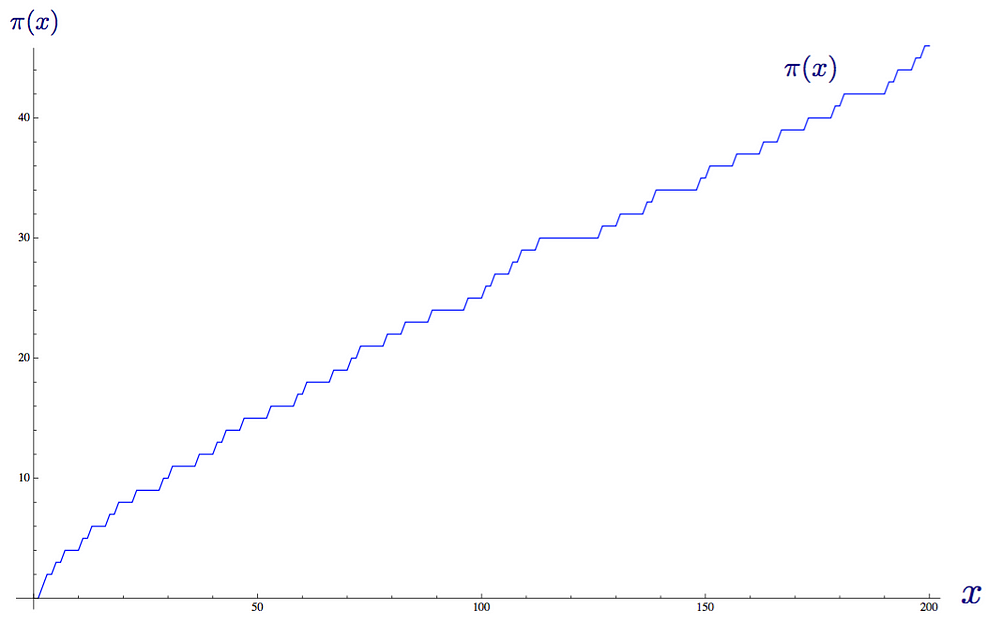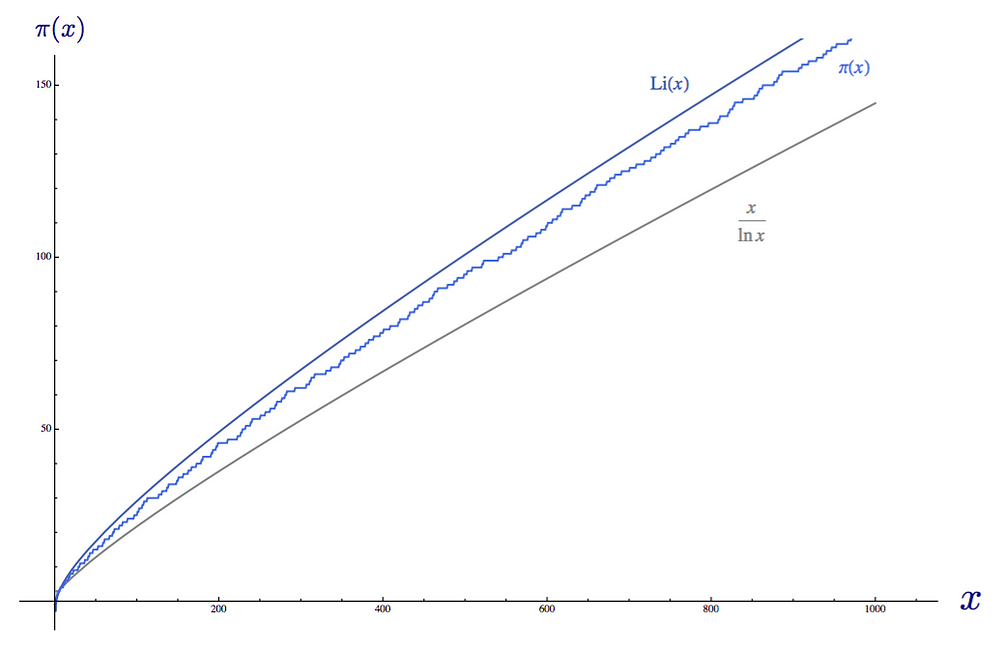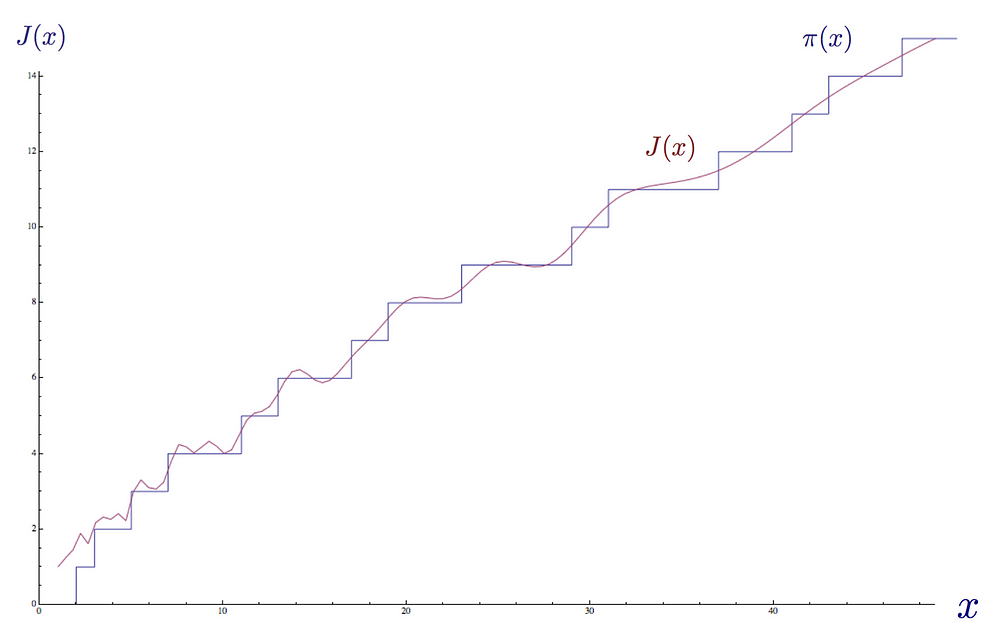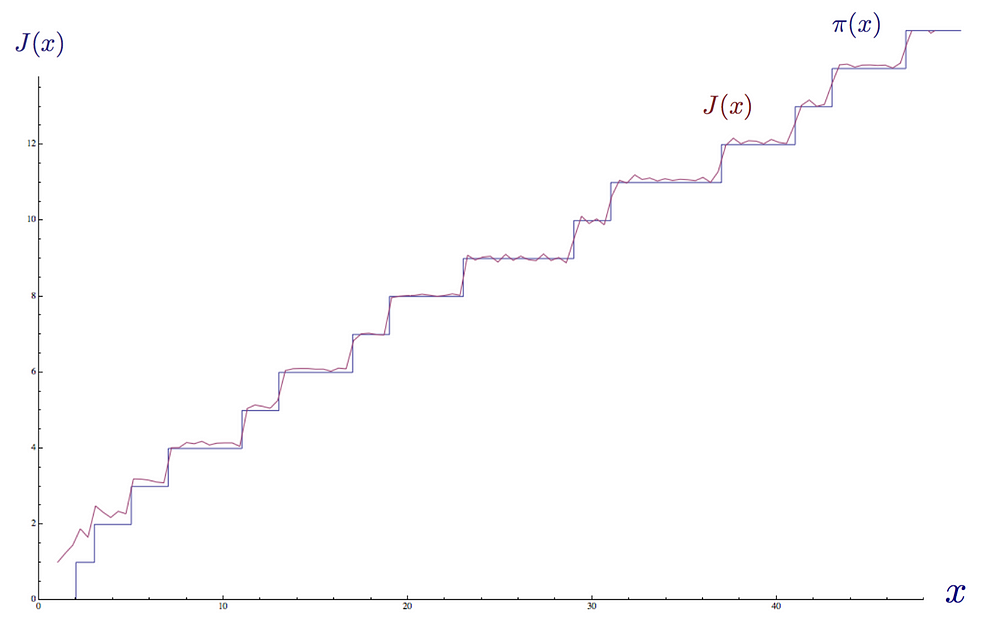Riemann hypothesis – a tentative at making it accessible
This article aims at dumbing down what the Riemann hypothesis is and its link to primes number for anyone – with or without mathematical background
PART 1 - On prime numbers, what they are, why they are key and what we miss about them
Primes : prime numbers are numbers that are divisible only by 1 and themselves. You cannot decompose them through a multiplication with any other number. Example : 24 is 6x4 or 2x12 or 1x24 : it's not prime. But 17 is... well, only 17x1 : it's prime
What is key is that you can decompose ANY number as a multiplication of prime numbers – and reversely you can build ANY number with primes. Example : 232 is 2 x 2 x 2 x 29 when decomposed in prime factors
In other words, primes are the building blocks of numbers.
Together, they are a bit like the periodic table in chemistry, or the design system of numbers : they represent the minimum and complete set you need to build every number.
The issue we have is that we don't know where they are. If I give you a prime number like 23 367 457, we do not have a formula giving you the prime that follows it. We are forced to test manually, one by one, the ones that follow. This means that we don't know the periodic table of numbers !
Of course this has been bugging mathematicians for centuries. Until B. Riemann, a German mathematician from the XIXth c., wrote a very short paper (9 pages!) that revolutionized our understanding of it.
He created a formula that is called a “prime counting function”, which basically increases by 1 every time you cross a prime number. It looks like the graph below – a “staircase”.

If you have a formula that describes this graph at any point – you actually know where all primes are ! But the problem is not really solved today...
Why ? See part 2 below !
PART 2 - On Riemann hypothesis : Million dollar baby !
The formula that Riemann built, starts from a simple approximation of this function, looking like an almost-straight line. It's the Li(x) that you see below.

Then, he adds up infinitely many small corrections to it. When added, these corrections change the originally simili-straight line to approach exactly, little by little, the “staircase” (below : blue=staircase, red=approximation with a few corrections on the left, and more corrections on the right. You see how the function approaches the staircase)


These little corrections are based on another function (the Riemann zeta function) that Riemann devised as well.
More precisely, the corrections are based on the values that make this function equal to 0. Such values are called... zeros.
Example : a zero of the function x²-4 is 2, because 2²-2=0
And we don't know where primes are, because we don't really know where these zeros are. Ok, I lied a bit here : we have a pretty good idea of where they are, but it has never been proven.
The Riemman hypothesis describes where all these zeros are.
This hypothesis is so important to math, that the Clay institute has put a price of 1 million $ for everyone who will prove or disprove this hypothesis. It is one of seven so-called “Millennium Prize Problems” with such a prize attached.
Of course, it's far from being easy. It's so complicated actually, that the person verifying this hypothesis will stand on equal ground with Einstein, Pythagoras or Newton.
To conclude this thread, 2 fun facts about all this : 1. Riemann was pretty sure his hypothesis was true, but said casually in his paper “I have, though, after some fleeting futile attempts, provisionally put aside the search”. He died unfortunately at 39 and never resumed it... 2. a LOT of other theorems and conjectures have been proven by assuming Riemann's hypothesis ... This means that proving it (resp. disproving it) would validate (resp. put to the bin) a huge chunk of recent analytical mathematics, at once !
Resources : – The Riemann hypothesis, explained, by Jørgen Veisdal on Medium (requires mathematical knowledge though) – Riemann hypothesis, by Numberphile on Youtube